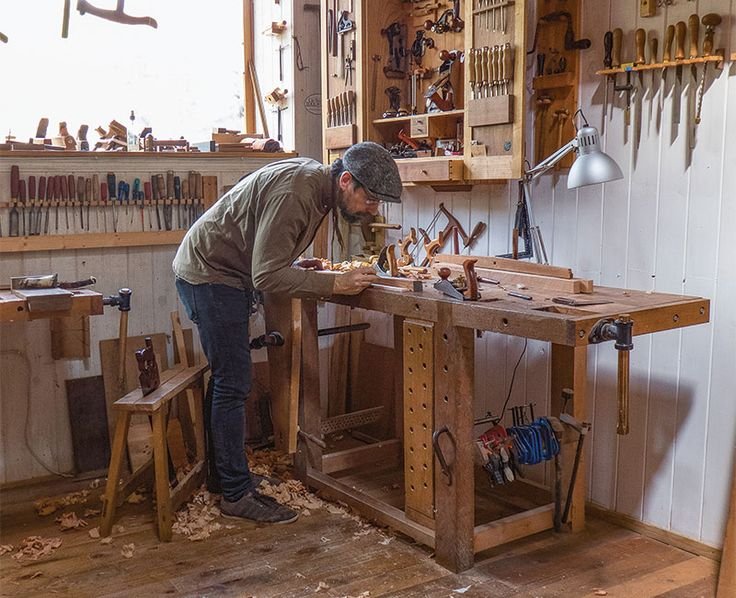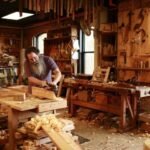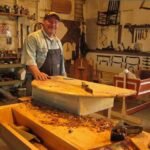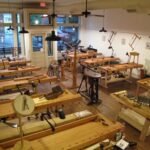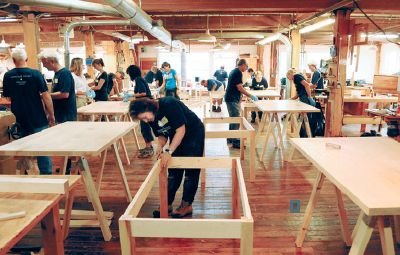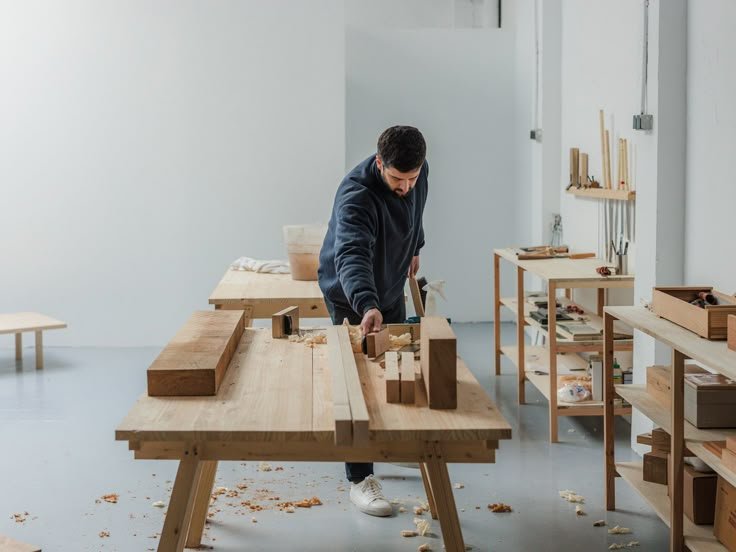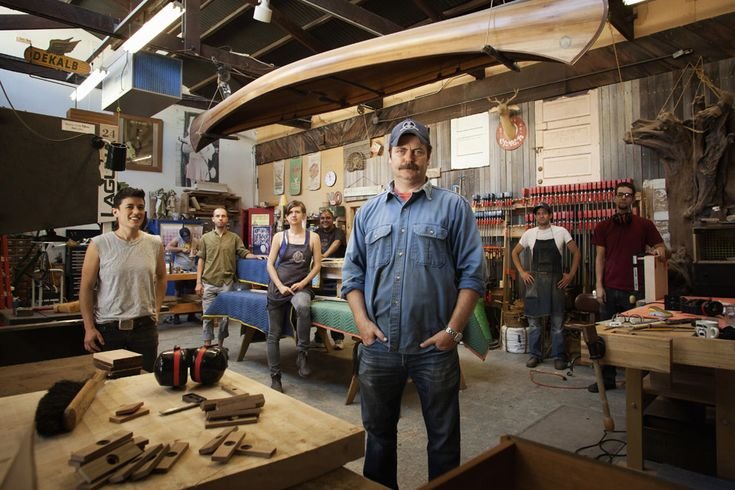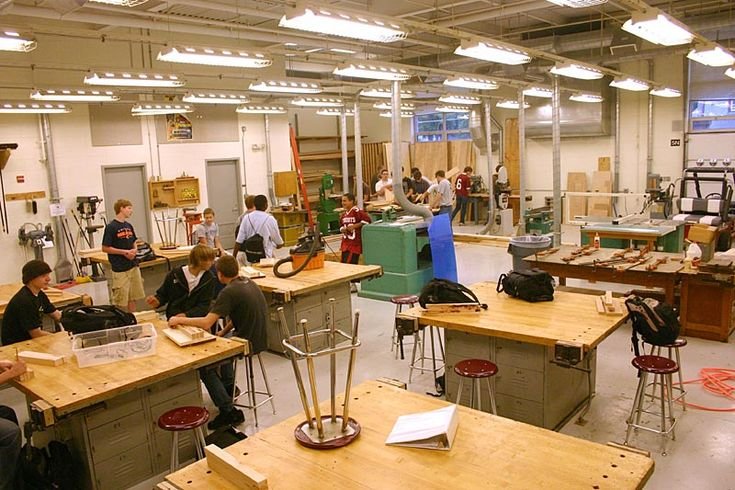Finding My Way with Japanese Hand Saws
You ever get so excited about a project that you kinda… jump in headfirst? Yeah, that happened to me last summer. I had this grand idea to build a cedar bench for the backyard. Nothing fancy, just a spot to sit and sip coffee on a Sunday morning. I picked up a couple of planks from the local hardware store, filled my head with visions of craftsmanship, and naively thought, "I’ll just wing it!"
Now, here’s where I got a little sideways: I had recently read a few articles about Japanese hand saws. Just beautiful works of art, really. I mean, have you ever seen one? They’re thin, agile, and can cut like a hot knife through butter. And while I had my trusty old American bow saw (bless its heart, I think it’s older than I am), something about those Japanese saws had me entranced. So, I decided, hell, I’m gonna use that instead.
The Tool That Changed Everything
I ordered a Ryoba saw, which is a double-sided gem—one side for ripping with the grain, and the other for cross-cutting. When that package arrived, I was like a kid on Christmas morning. I opened it up, that smell of fresh steel and wood oil hitting me right away. It felt almost… sacred. But like all good stories, it wasn’t long before things got sticky.
So there I was, bold as brass, lugging those cedar boards into the garage. I laid everything out, my new saw gleaming in the afternoon sunlight. I started on the first cut, and let me tell you, using a Japanese saw is a whole different ball game. They’re pull saws, so you’re actually pulling the blade toward you instead of pushing. It felt awkward at first, like trying to write with my left hand. Maybe it was just the overwhelming excitement of a beginner, but I could feel my confidence wavering with every clumsy slice.
Running Into Trouble
Things took a turn when I realized my boards weren’t perfectly straight. I mean, who would’ve thought cedar could warp, right? They had this wavy, almost organic quality, which looks charming on its own but terrible for making straight cuts. I almost gave up when the saw snagged midway through one of the boards, leaving me with an ugly cut that reminded me more of a drunken raccoon than a skilled woodworker.
But I took a deep breath (probably too deep, because I swear I could smell the cedar dust in my lungs). I thought, "Maybe there’s something I’m missing." I had watched a bunch of videos before diving in, but none of those YouTube pros prepared me for anxiety creeping in while faced with actual lumber.
A Learning Moment
Then, I remembered some advice I had come across: Let the saw do the work. So, I paused, set my ego aside, and tried to find my rhythm. It’s like… have you ever had a moment of clarity while cooking, when you realize you’ve been overcomplicating things? I just needed to settle into the flow, and suddenly, I found myself cutting with more ease. The sound of the saw gliding through the wood was so satisfying—like a whisper of victory with each stroke.
I closed my eyes a couple of times just to hear that sound, and the way the bits of cedar dust floated in the air brought a smile to my face. I mean, who needs a fancy air freshener when you have the scent of freshly cut wood wafting through the garage?
The Bench Takes Shape
After a while, with a little more care and patience, I started to see progress. I put down the Ryoba and switched to some clamps to help secure my boards better and, lo and behold, they became more manageable. I felt like I was getting the hang of it. Those first cuts were rough, but I learned to embrace the imperfections; after all, it’s a bench, not a Victorian heirloom.
I spent some long evenings sanding the edges smooth, the grain of the wood revealing itself, bringing warmth to those once rough-cut edges. I felt a silly sense of pride as I transformed what had seemed like a chaotic scattering of materials into a functional piece of furniture.
The Final Piece
Eventually, I assembled everything and applied a bit of linseed oil to nourish the wood. It glowed under the warm light of the garage, and I couldn’t help but chuckle at how far I had come. I was about ready to kick back on my very own cedar bench, all thanks to the very saw I almost regretted using daily.
In that moment, with all the sweat and maybe a few tears rolled into it, I understood something deeply. It’s not about the perfect cut or the flawless finish but about the journey, the missteps, the lessons learned along the way. It’s about the moment you stare at your creation and realize that, heck, it might not be perfect, but it’s a part of you.
A Warm Takeaway
If you’re thinking about trying your hand at woodworking, just go for it. Don’t let the fear of messing up hold you back. We all start somewhere, and it’s okay to fumble your way through—because that’s where the real learning happens, and, honestly, that’s where you find the heart of your project. Embrace the imperfections, because they make your work uniquely yours.

